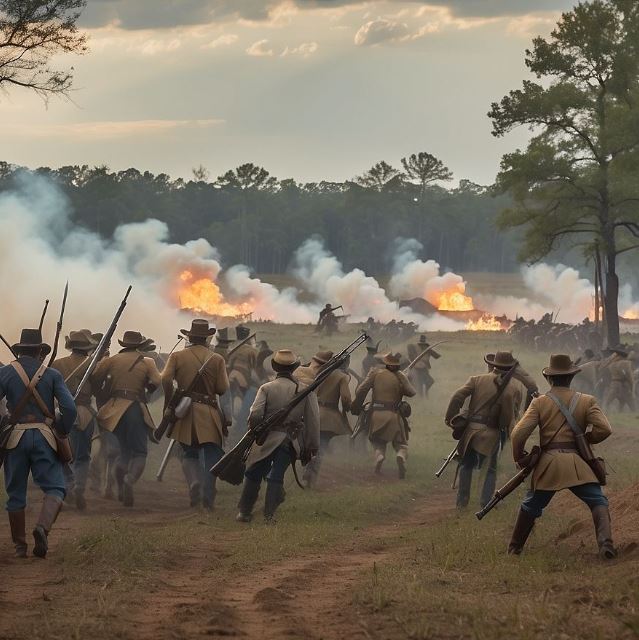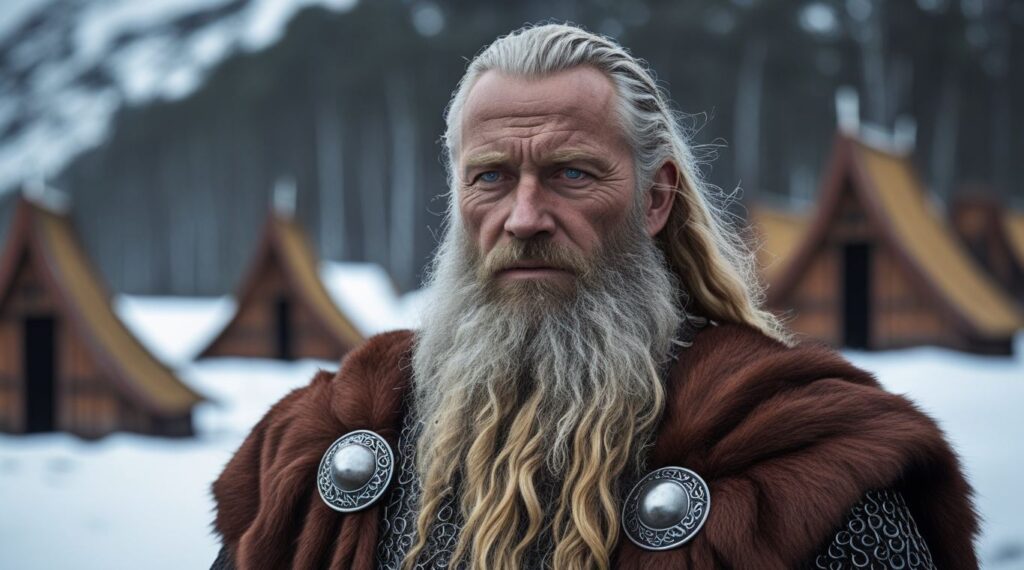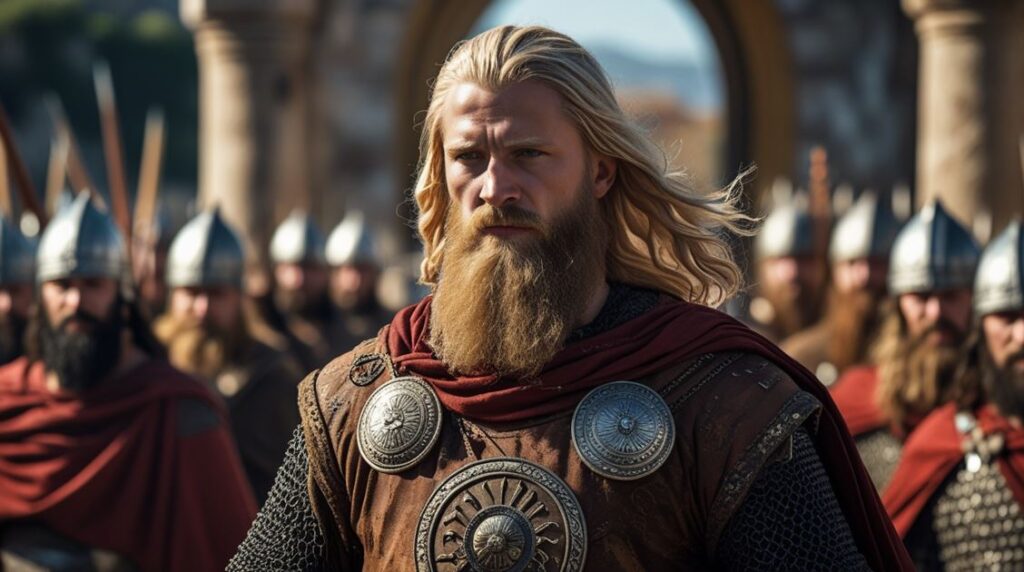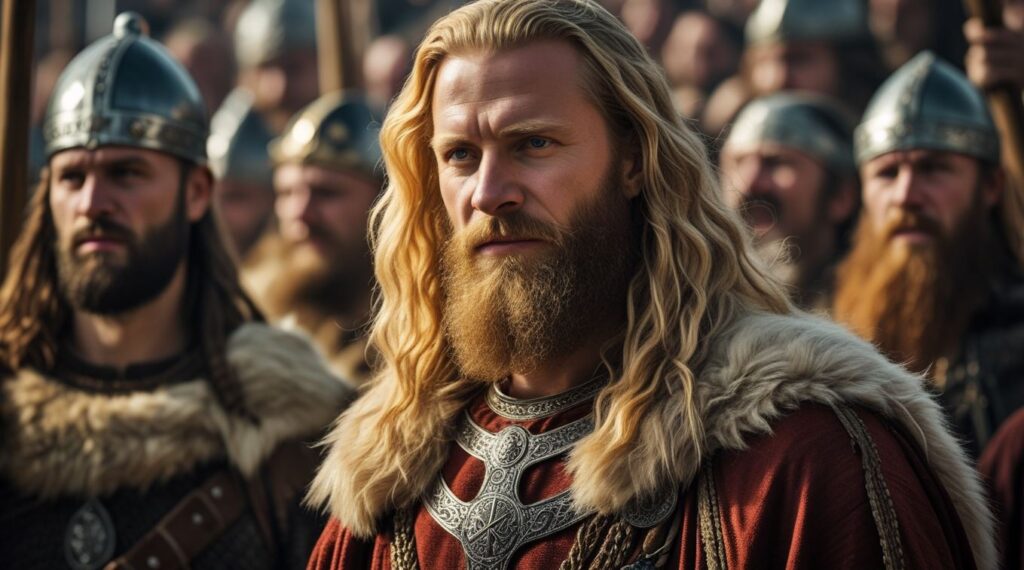The American Civil War between the Confederate and Union armies was one of the bloodiest conflicts in the 19th Century. Despite advancements like the rifled Minié ball muskets, outdated frontal assaults tactics led to devastating casualties.
Battles like Malvern Hill and Pickett’s Charge at Gettysburg saw hopeless Confederate infantry attacks fail with huge losses. Poor leadership clung to Napoleonic warfare styles ill-suited for modern rifled weapons and entrenched defenses.
This reliance on frontal assaults stemmed from overconfidence, political pressure, and lack of experience. The human cost was severe.
In this article, we delve into the reasons why frontal assaults were used as a tactic in the Civil War.
- 1. The Influence of Napoleonic Tactics on Civil War Strategies
- 2. The Role of Military Leadership in the Use of Frontal Attacks
- 3. Political Pressure to adopt Frontal Assaults
- 4. Technological Limitations Resulting in Frontal Assaults
- 5. Key Battles Where Frontal Assaults Were Used
- 6. Alternative Tactics that Replaced Frontal Assaults
- Further Reading
1. The Influence of Napoleonic Tactics on Civil War Strategies
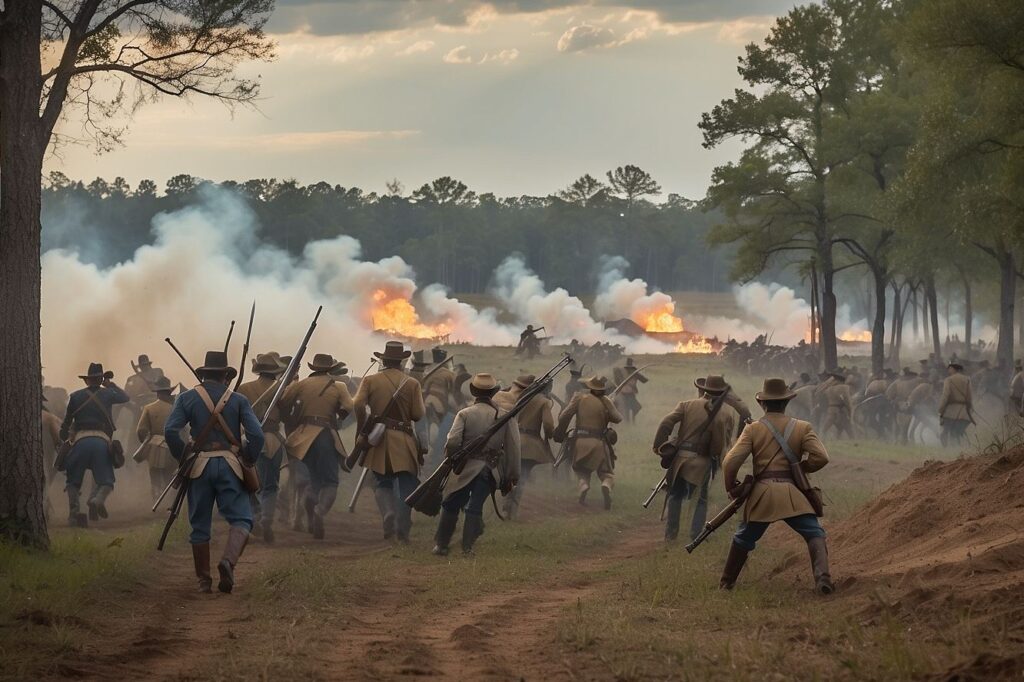
In the decades before the Civil War, military tactics were heavily influenced by Napoleonic principles that emphasized swift maneuvers and climactic decisive battles.
Napoleon’s stunning victories convinced military men that rapid attacks could overcome firepower and defenses. However, by the time of the Civil War, improvements in weapons technology and America’s rugged terrain had rendered many Napoleonic precepts obsolete.
Rifled muskets with greater range and accuracy gave defenders a huge advantage, while forests and hills favored entrenchments over swift maneuvers.
Yet many officers had studied Napoleon’s victorious campaigns and hoped to emulate his dynamic approach, seeking a war-ending decisive battle.
Despite this mismatch, Napoleonic doctrine exerted a powerful hold over Civil War military thinking. The realities of battlefield technology harshly exposed these outdated notions as disastrously costly.
Repeated courageous yet futile frontal infantry assaults and cavalry charges resulted in appalling casualties for little gain. Generals trained in the Napoleonic school failed to grasp how thoroughly improvements in rifles and terrain now favored the defense over the attacker.
Romantic visions of bold attacks and climactic battles persuaded officers to disregard how thoroughly technology had shifted the advantage to entrenched defenders armed with highly accurate rifled muskets.
2. The Role of Military Leadership in the Use of Frontal Attacks
A key reason for the reliance on frontal assaults was the lack of experience Civil War generals had with new rifled musket technologies and the scale of warfare between mass citizen armies.
Few had commanded large formations before 1861 or understood the devastating impact of Minie balls and entrenched riflemen on frontal attacks.
This inexperience was evident across all ranks, from lieutenants fresh from West Point clinging to outdated doctrine.
Overconfidence also pushed commanders like Lee or Hooker to believe frontal attacks could succeed.
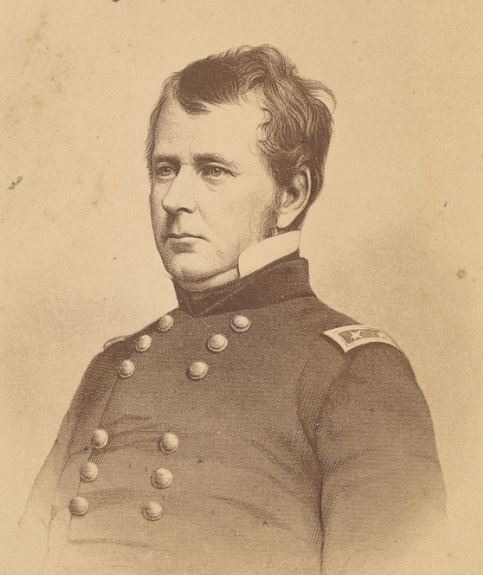
Despite seeing assault after assault shredded by rifle fire, they persisted in ordering direct charges against strong defenses.
There was resistance to abandoning the glorious image of close order ranks marching into battle with bayonets flashing. The courage of individual soldiers was never in doubt, but underestimating defensive firepower cost thousands of lives.
Early Union successes at Fort Donelson and First Bull Run led some generals to wrongly conclude sweeping flank maneuvers were unnecessary when direct assault could bring victory.
But these wins owed much to poor Confederate leadership and the early war disorganization of their units. As Southern troops gained experience, frontal attacks brought only carnage.
3. Political Pressure to adopt Frontal Assaults
Generals on both sides faced intense political demands for decisive battlefield victories and a quick conclusion to the war, encouraging frontal assaults.
After early skirmishes like Bull Run, Northern public opinion pushed for a rapid defeat of the South.
Politicians like Lincoln lost patience with cautious generals like McClellan who were reluctant to make frontal attacks against strong defenses. This drove McClellan and others to launch doomed direct charges in hopes of breaking the stalemates.
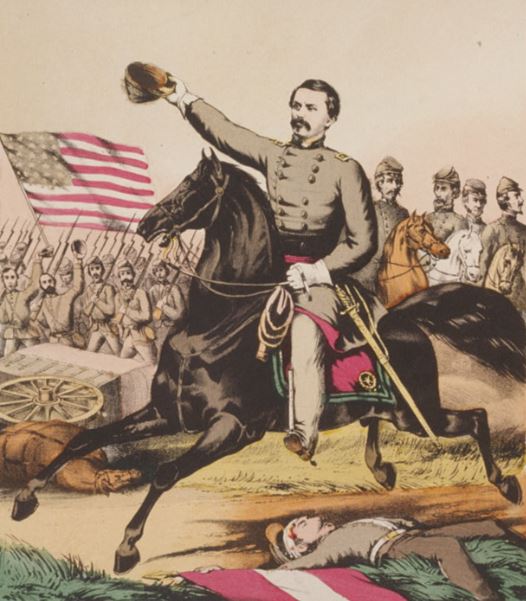
Southern politicians also pressed Lee and other generals for dramatic victories that would rally morale and gain European recognition of the Confederacy.
After successes at Second Bull Run and Chancellorsville, Confederate leaders expected aggressive tactical maneuvers that would smash Union armies.
Lee’s decision to launch Pickett’s Charge at Gettysburg stemmed partly from this pressure to deliver a flashy victory on Northern soil.
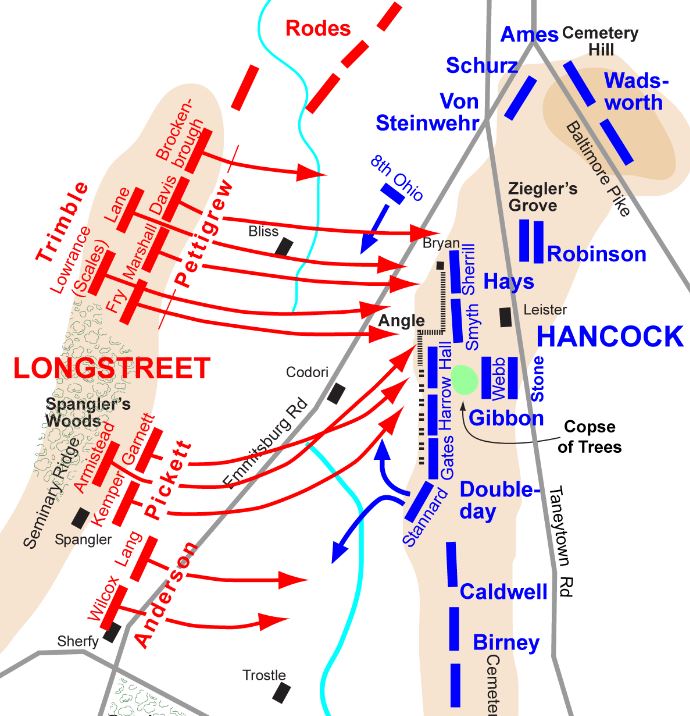
Politicians on both sides frowned on cautious, defensive postures even in the war’s later years.
Generals knew that a reputation for audacity could further careers while prudent restraint risked charges of defeatism.
The demand for offensive action from civilian overseers contributed to the shocking human toll of frontal assaults.
4. Technological Limitations Resulting in Frontal Assaults
The limitations of Civil War weaponry and battlefield communication also figured into the continued reliance on frontal assaults.
Artillery lacked the accuracy and firepower to destroy defenses, support advancing infantry, and create breakthroughs.
Smoothbore cannon had short effective ranges under 1,000 yards and fired solid shot or scattershot canister unsuitable for destroying trenches. This left artillery unable to blast openings for assaults on fortified lines.
Generals therefore hoped massed infantry could overwhelm through sheer weight and numbers.
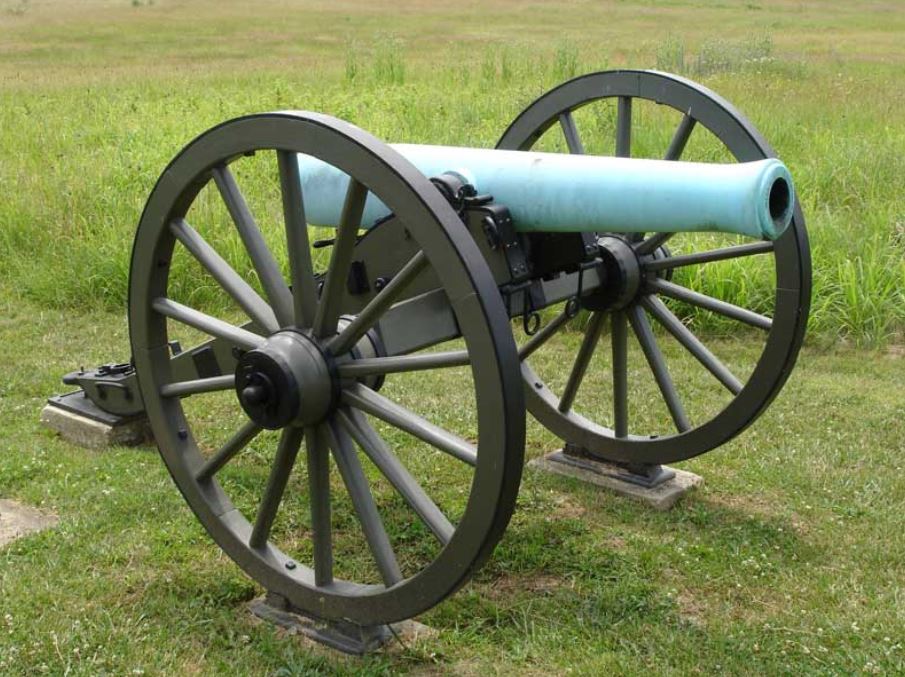
Primitive communication technology hindered coordination for flanking movements and enforcing discipline mid-battle.
Flags, couriers on horseback, and bugle calls were used to signal commands and shifts, but these were slow and limited.
Generals often lacked timely information to exploit gaps or adjust to changing conditions once an assault began.
This uncertainty restricted maneuvers to relatively straightforward frontal attacks.
Reconnaissance was similarly limited to what cavalry and scouts could directly observe. Long range intelligence gathering was nearly impossible.
Commanders were often unsure exactly where enemy troops were concentrated and had to rely on direct assaults to engage and test defenses.
The “fog of war” prevented exploitation of potential weak points that could have made flanking attacks effective options.
Given such drawbacks, Civil War generals leaned toward using simple, direct frontal infantry charges that required less flexibility once begun.
5. Key Battles Where Frontal Assaults Were Used
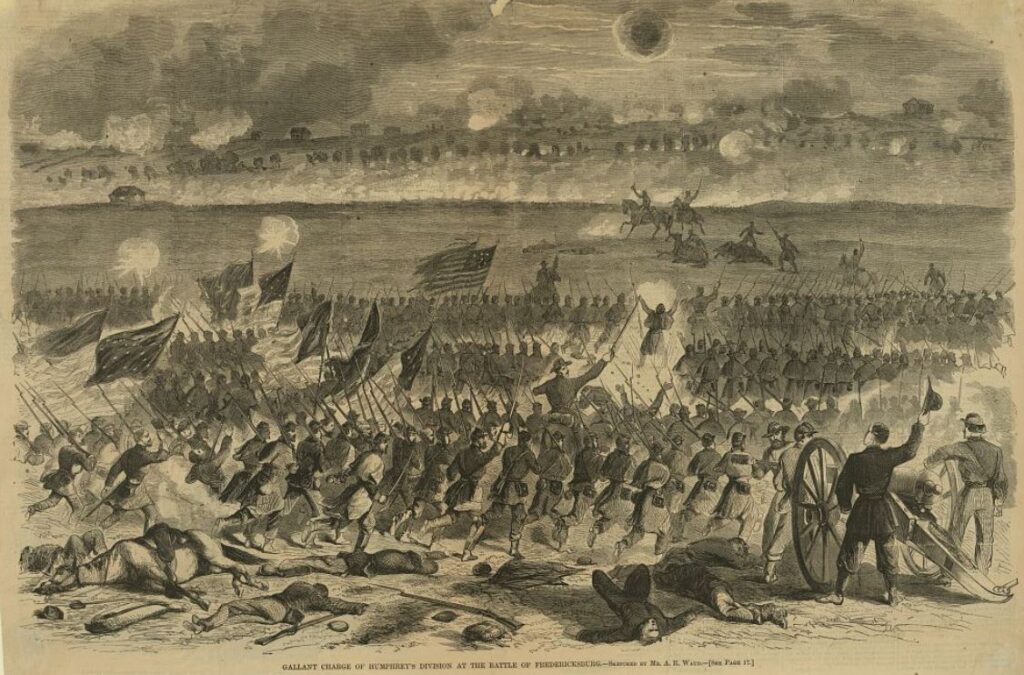
Frontal assaults were used in a number of major battles during the Civil War, with brutal casualties on both sides. Some of the most notable examples include:
- Battle of Shiloh (1862): Union troops under Ulysses S. Grant launched a series of frontal assaults against Confederate positions at Shiloh. The fighting was intense and bloody, and the Union troops eventually forced the Confederates to retreat. However, the Union victory came at a high cost, with over 13,000 casualties.
- Antietam (1862): At Antietam, Confederate troops launched a series of frontal assaults against Union positions on September 17, 1862. The fighting was intense and bloody, and the Confederates suffered heavy losses. The Cornfield and Sunken Road were the scenes of particularly fierce fighting, with both sides suffering heavy casualties.
- Fredericksburg (1862): At Fredericksburg, Confederate troops under Robert E. Lee entrenched themselves on the heights behind the town. Union troops under Ambrose Burnside launched a series of frontal assaults against the Confederate positions on December 13, 1862. The assaults were met with a hail of gunfire from Confederate rifles and artillery, and the Union troops were forced to retreat with heavy losses.
- Battle of Chancellorsville (1863): Union troops under Joseph Hooker launched a series of frontal assaults against Confederate positions at Chancellorsville. The assaults were initially successful, but the Confederates counterattacked and forced the Union troops to retreat.
- Gettysburg (1863): At Gettysburg, Confederate troops launched a massive frontal assault against the Union lines on July 3, 1863. The assault, known as Pickett’s Charge, was met with a devastating barrage of Union artillery and rifle fire. The Confederates were forced to retreat with heavy losses, and the battle ended in a Union victory.
The repeated failure of frontal assaults in the Civil War had a demoralizing effect on both sides.
The frontal assaults were also tactically ineffective. They rarely achieved their objectives, and they often resulted in heavy casualties for the attackers. Soldiers became increasingly reluctant to participate in these suicidal attacks, and officers found it difficult to motivate their men to charge into the face of enemy fire.
6. Alternative Tactics that Replaced Frontal Assaults
The frontal assaults were also tactically ineffective. They rarely achieved their objectives, and they often resulted in heavy casualties for the attackers. As a result, military leaders on both sides eventually began to abandon frontal assaults in favor of more effective tactics, such as trench warfare and siege tactics.
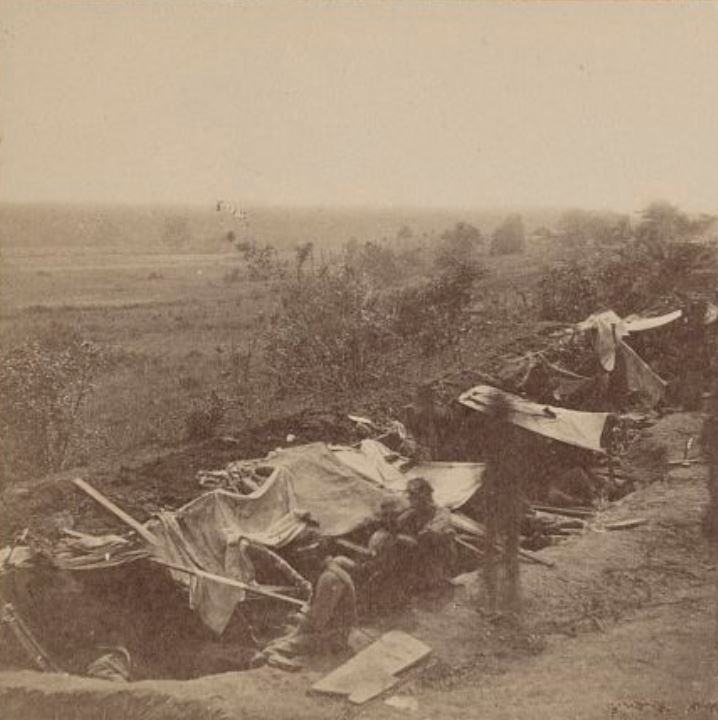
Alternative tactics that emerged later in the Civil War included:
- Trench warfare: Trench warfare is a type of warfare in which opposing armies dig trenches and fortifications to protect themselves from enemy fire. Trench warfare was used extensively in the later stages of the Civil War, particularly in the Siege of Petersburg.
- Siege operations: Siege operations are military operations in which an army surrounds and attacks an enemy stronghold, such as a fort or city. Siege operations were used to capture Vicksburg and Port Hudson, among other Confederate strongholds.
- Flanking maneuvers: Flanking maneuvers are military operations in which an army attacks an enemy’s flank, or side. Flanking maneuvers were used to great effect by Union forces at the Battle of Gettysburg and the Battle of Spotsylvania Court House.
- Cavalry raids: Cavalry raids are military operations in which mounted troops attack enemy supply lines and infrastructure. Cavalry raids were used extensively by both Union and Confederate forces throughout the war.
These alternative tactics were more effective than frontal assaults in many cases. Trench warfare and siege operations allowed armies to protect themselves from enemy fire and gradually wear down the enemy.
Flanking maneuvers and cavalry raids could be used to disrupt enemy supply lines and communications, and to force the enemy to retreat.
The emergence of these alternative tactics led to a change in the nature of warfare in the Civil War. The war became more static and less mobile, as armies dug in and fought from behind fortifications. The war also became more protracted, as armies were no longer able to achieve quick and decisive victories.
The experiences and tactics of the Civil War had a profound impact on later conflicts around the world, such as World War 1, influencing military thought, strategy, and technological advancements.
Further Reading
If you enjoyed this article, you may be interested to read more about the American Civil War events, or the bloodiest battles of the Civil War. Read here for more general American history.

